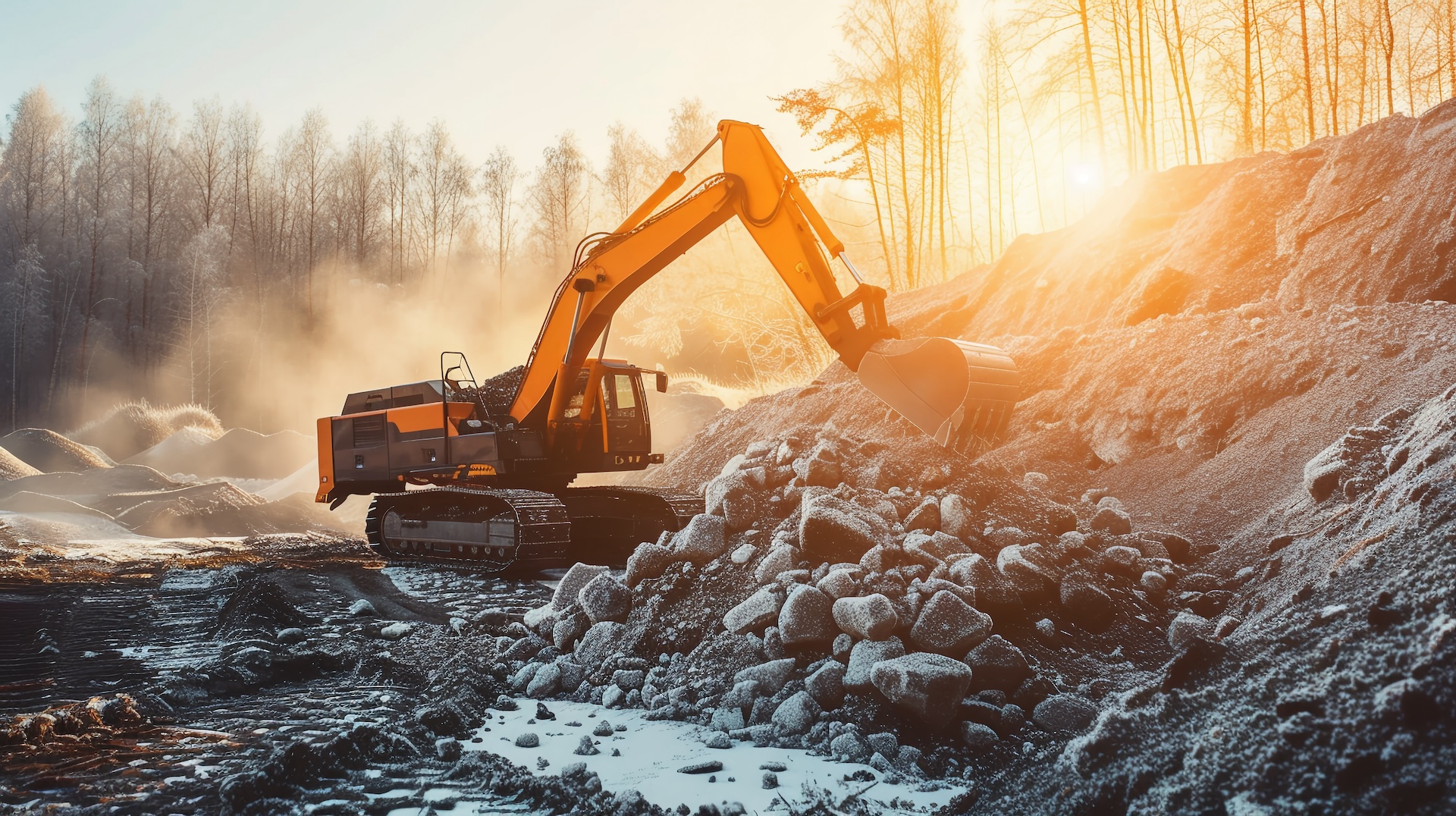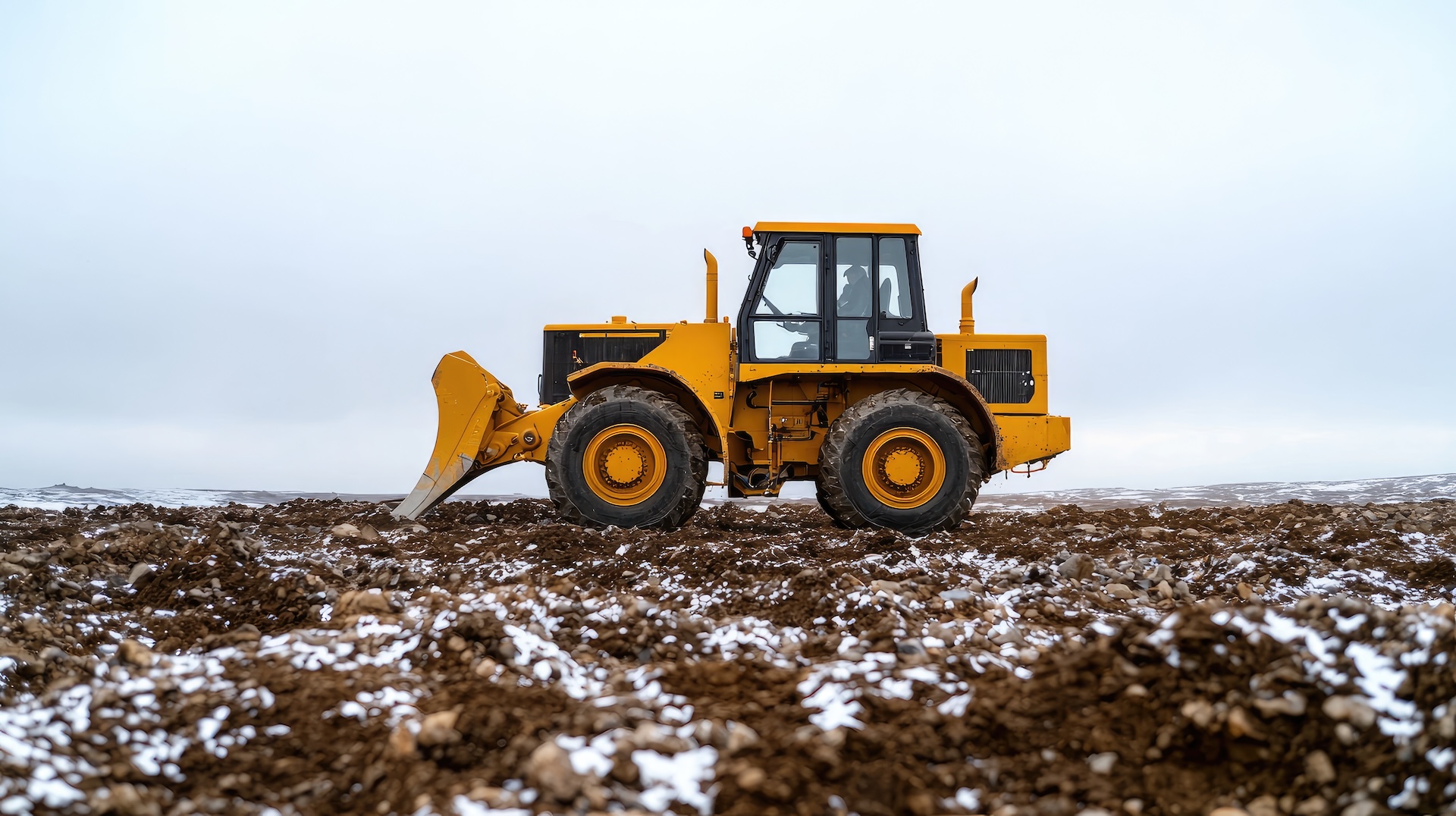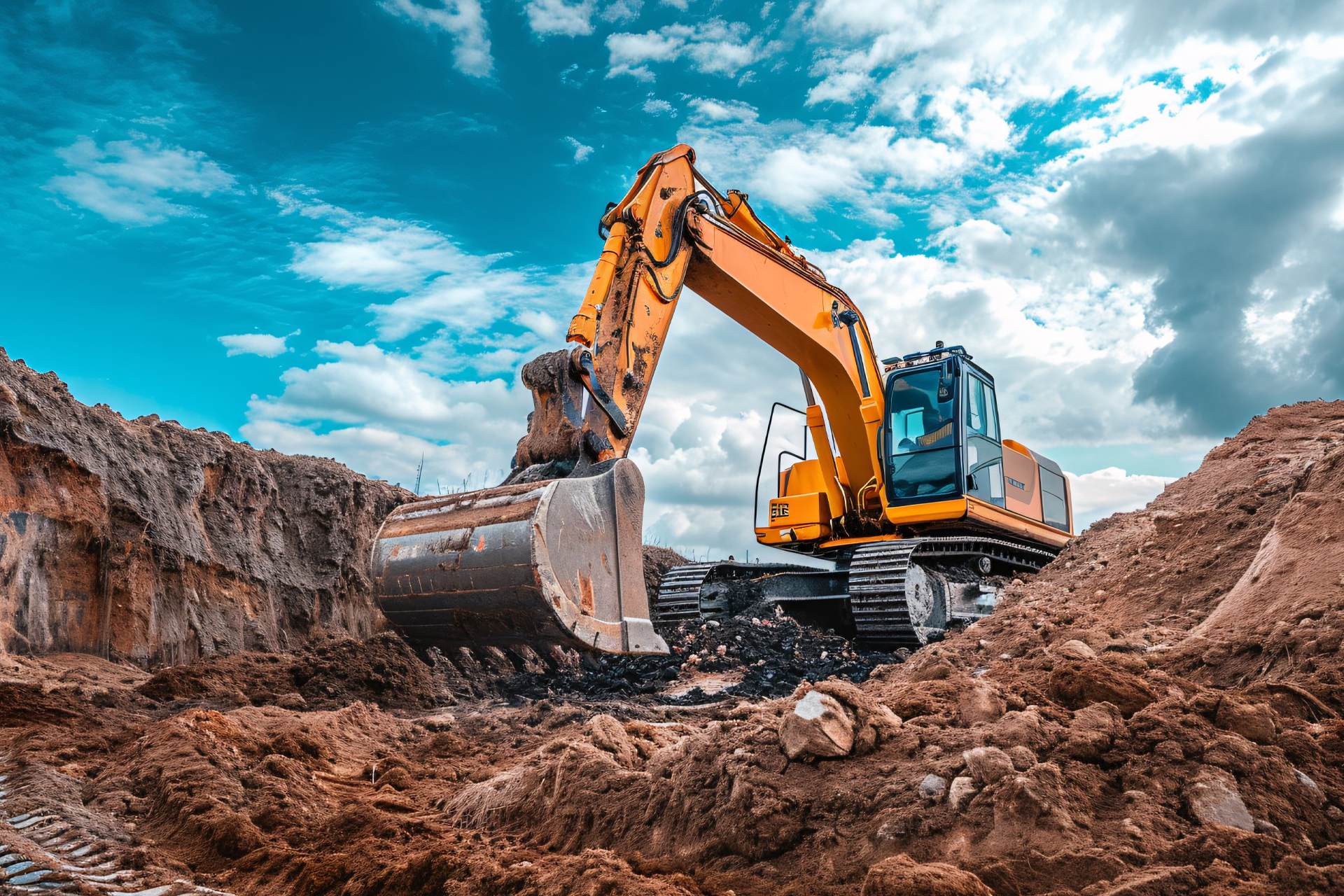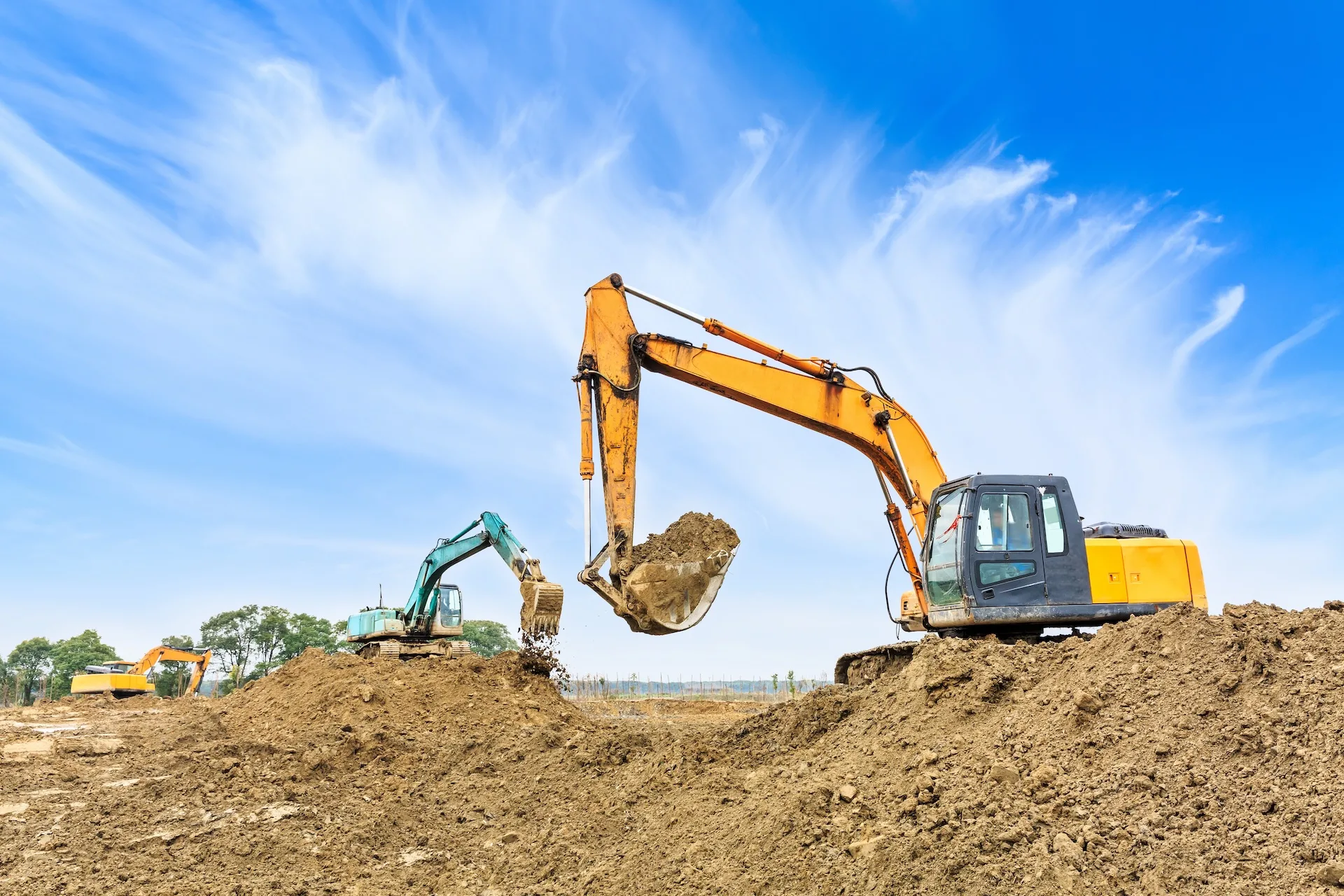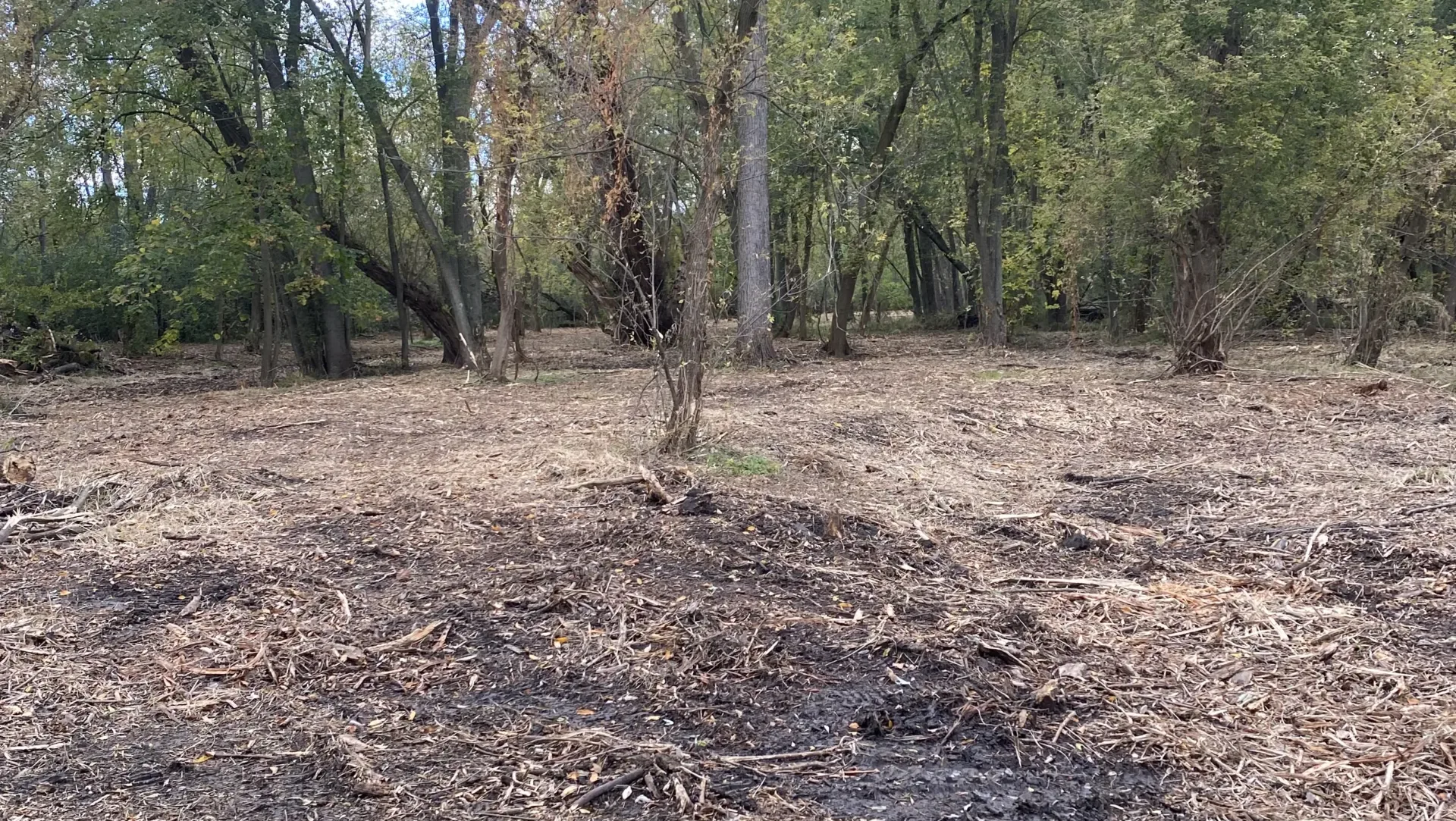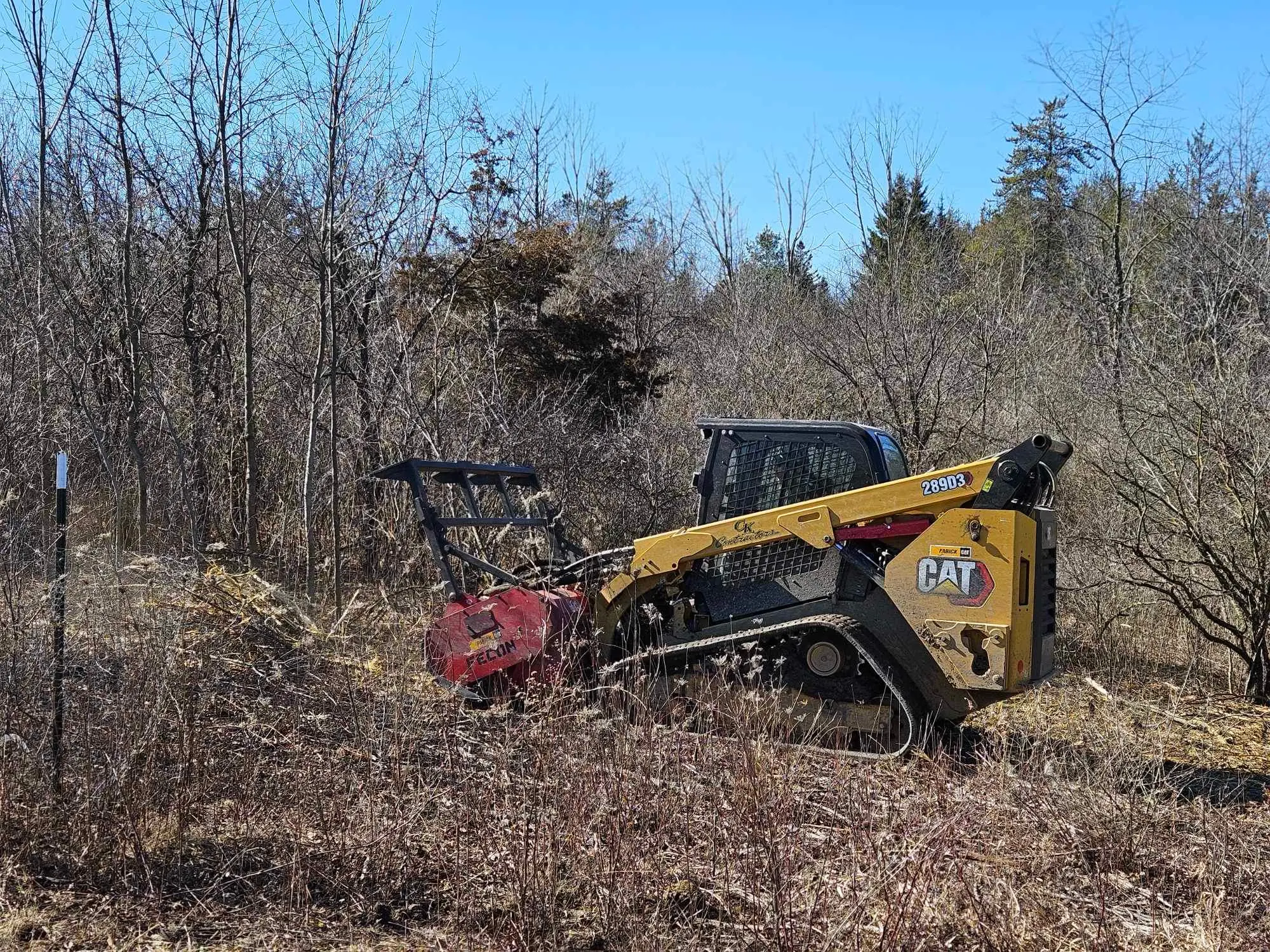A guide to effective land clearing that balances development needs with environmental responsibility.
Land clearing is an essential step in preparing a site for construction, agriculture, or land management. However, without proper planning, it can disrupt ecosystems, lead to soil erosion, and negatively impact wildlife. By utilizing sustainable practices, landowners can effectively clear their property while maintaining environmental integrity.
Common Land Clearing Methods
Different methods are available for land clearing, each suited to specific needs and environmental considerations. The most common include:
- Mechanical Clearing
- Involves using heavy equipment such as bulldozers, excavators, and forestry mulchers to remove trees, brush, and stumps efficiently. While effective for large-scale clearing, it can disturb soil and vegetation depending on the time of year.
- Controlled Burns
- This method, conducted by professionals, helps manage overgrown brush while returning nutrients to the soil. However, it requires permits and careful planning to avoid unintended fire spread.
- Mulching
- A sustainable approach that grinds trees and brush into mulch, which can be left on-site to improve soil quality and reduce erosion.
- Selective Clearing
- By carefully removing only targeted trees and brush, selective clearing allows beneficial plants to thrive while reducing the risk of erosion. It helps maintain wildlife habitats by leaving shelter and food sources intact, contributing to a balanced ecosystem. This method is particularly useful in areas prone to soil degradation, as it helps retain root structures that stabilize the land. Additionally, selective clearing can enhance aesthetics by maintaining a natural landscape while still achieving land management goals.
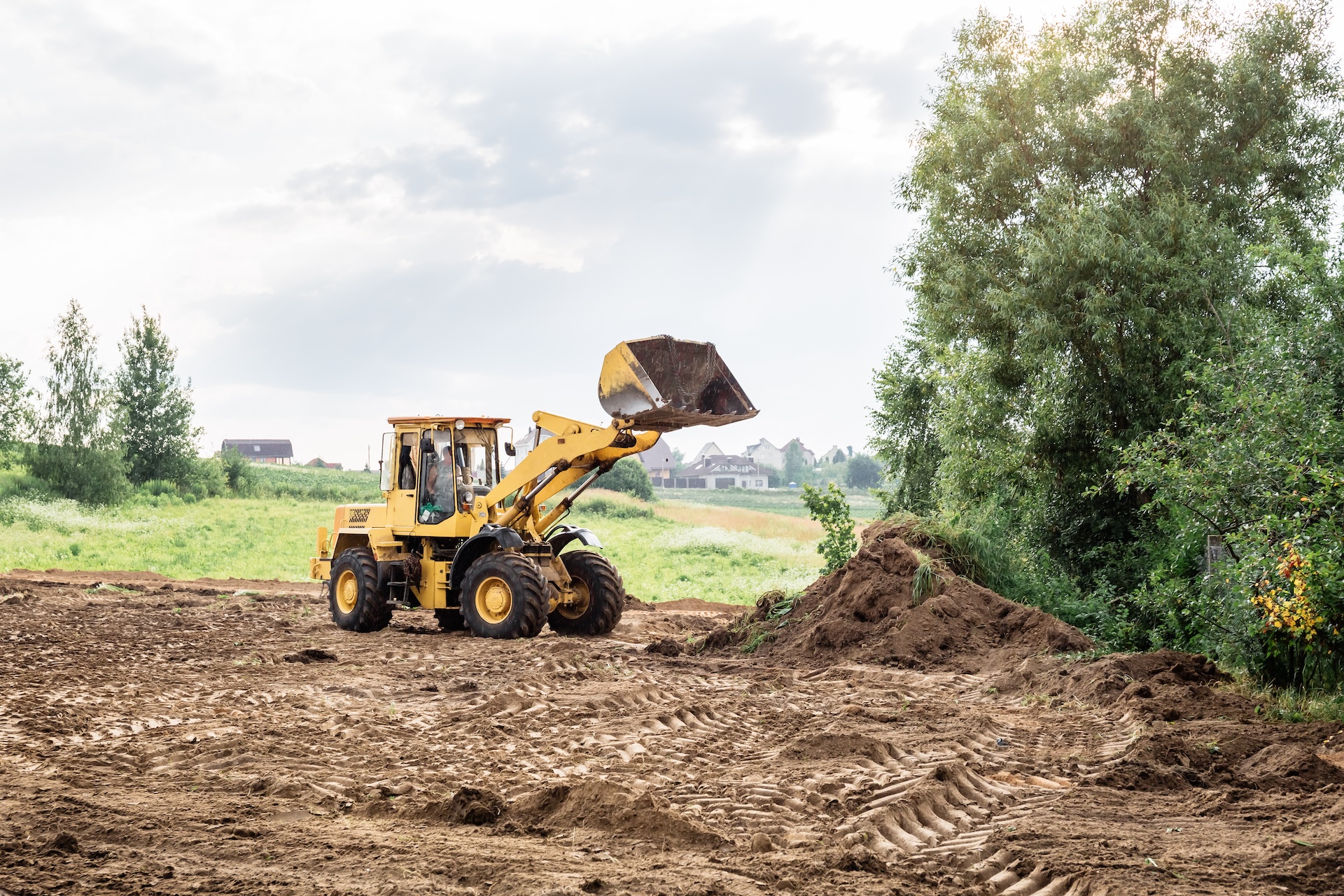
Planning Your Land Clearing Project
Before beginning a land clearing project, landowners should take the following steps:
- Assess Your Goals
- Determine why you need to clear the land. Is it for development, agriculture, or aesthetic improvement? Different clearing methods may be employed based on why the clearing is being done.
- Check Permit Requirements
- Many municipalities require permits for land clearing, especially near water sources or protected habitats. At CK Contractors, we will easily guide you through this step, often obtaining the permits for you.
- Consider Environmental Impact
- Identify areas that should be preserved, such as wetlands or wildlife corridors, to minimize disruption. In some cases, contacting local, state, or federal government agencies may be necessary to ensure compliance with regulations and avoid potential fines. This step is crucial for protecting environmentally sensitive areas and ensuring clearing activities align with legal requirements.
- Set a Timeline
- Clearing projects vary in length depending on the method used and the size of the land. Winter and early spring is often a great time for land clearing, as frozen ground minimizes soil disruption.
Eco-Friendly Practices for Sustainable Land Clearing
Using sustainable land clearing methods can help preserve the health of the land while achieving project goals. Key practices include:
- Erosion Control
- Implementing silt fences, straw mats, or planting cover crops can prevent soil erosion after clearing.
- Preserving Native Vegetation
- Maintaining existing trees and shrubs can protect local wildlife and maintain soil stability. In almost all cases, it is better to preserve native plants rather than introduce new species, as non-native plants can sometimes disrupt the local ecosystem by outcompeting native flora, altering soil composition, or providing inadequate support for local wildlife. By retaining native vegetation, landowners can promote a balanced and resilient ecosystem that requires less maintenance and supports long-term environmental health.
- Managing Invasive Species
- Strategic clearing can prevent or eliminate invasive plants from overtaking the landscape and harming native biodiversity. Often, non-native plants are the primary culprits, spreading aggressively and outcompeting native species for nutrients, sunlight, and space. This disruption can lead to reduced habitat quality for local wildlife and long-term ecosystem imbalances. By carefully identifying and removing invasive species while preserving native vegetation, landowners can promote a healthier, more sustainable environment that supports both plant and animal life.
- Recycling Biomass
- Instead of hauling away cleared vegetation, consider repurposing it as mulch, firewood, or compost. However, caution should be taken when dealing with invasive or unwanted plants, such as poison ivy, as recycling them may spread seeds or toxins that could contaminate the surrounding environment. In these cases, it is often best to properly dispose of these plants through methods recommended by local environmental agencies to prevent further ecological disruption.
Conclusion
Land clearing and site preparation are necessary processes, but they don’t have to come at the expense of the environment. By choosing sustainable methods and planning carefully, landowners can create a balanced approach that supports long-term land health while achieving their development goals. Whether clearing for new construction or ongoing land management, eco-friendly strategies can make a significant difference in preserving the landscape for future generations.
Ready to get started? Contact CK Contractors today to schedule your brush and land clearing services before the spring rush!

